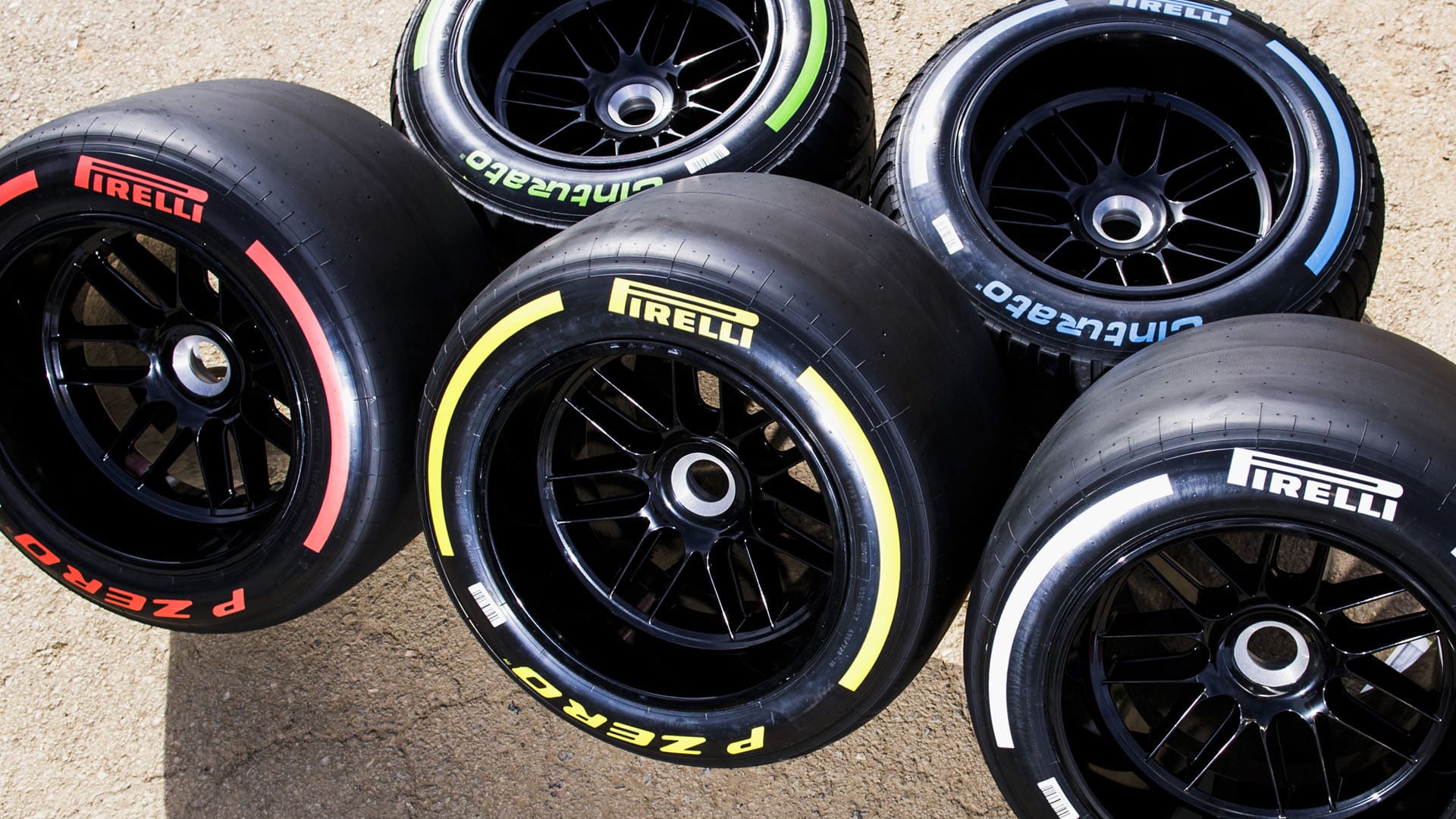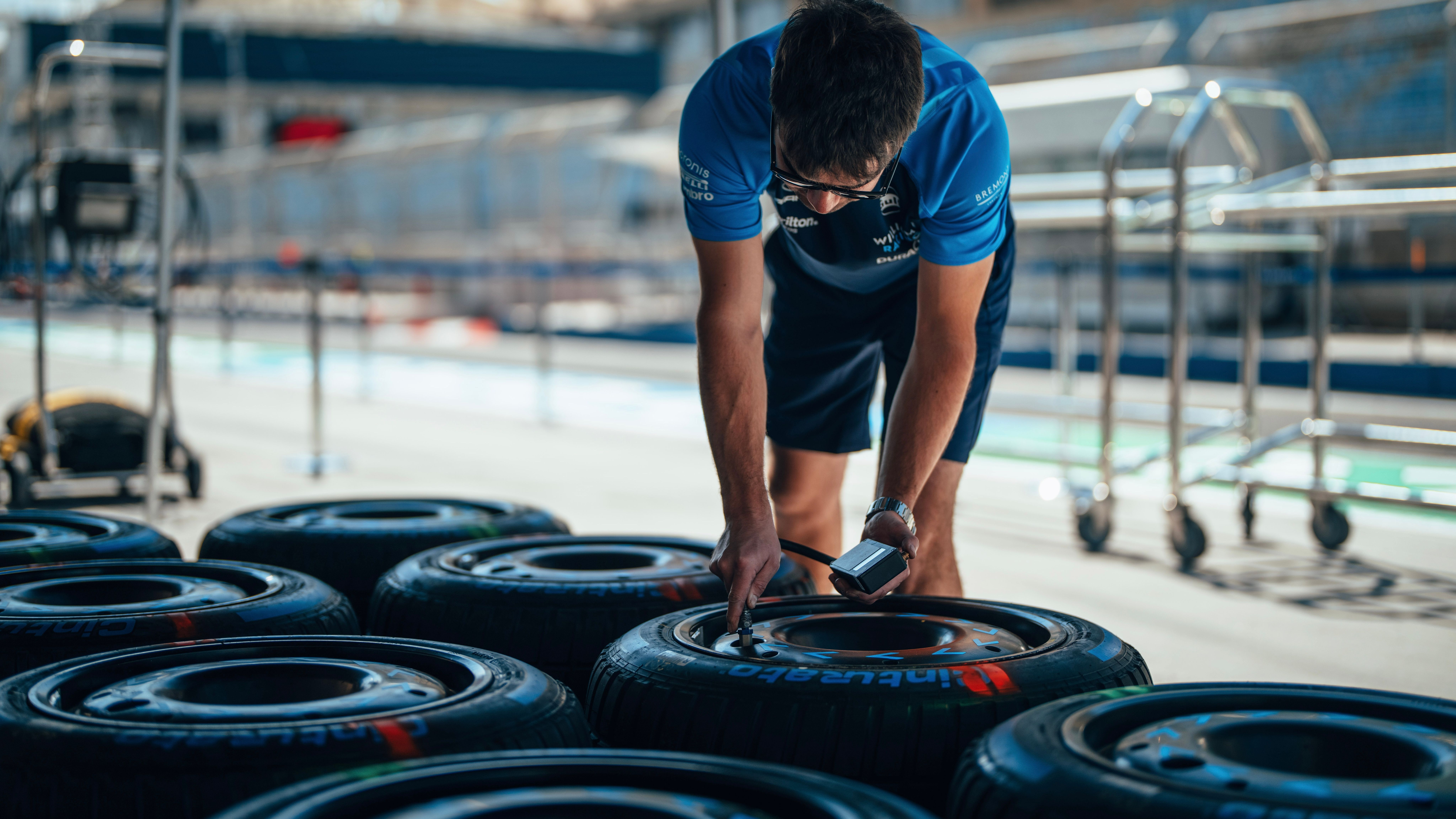All Categories
Featured
Table of Contents
I had the ability to obtain 100 hours out of one of these tires, and while it had definitely no tire lugs left on it, the soft substance made it work extremely wellas long as I was using a soft mousse. Kitt Stringer image Easy installing - 3Wear - 3Sidewall strength - 3Performance on origins - 4Performance on damp rocks - 2Traction on dirt - 5Cornering capability - 4Traction while braking - 4Self-clearing of dirt and mud - 3Performance in mud - 3Overall predictability or monitoring - 3 _ 37 Conclusion: This is a good well-rounded tire with good worth for money.

The wear corresponded and I like how long it lasted and just how consistent the feeling was during use. This would likewise be a good tire for faster races as the lug size and spacing little bit in well on quick terrain. Kitt Stringer photo Easy placing - 3Wear - 3Sidewall toughness - 3Performance on origins - 4Performance on damp rocks - 4Traction on dirt - 4Cornering ability - 4Traction while stopping - 5Self-clearing of dust and mud - 4Performance in mud - 4Overall predictability or monitoring - 4_42 Conclusion: I liked this tire a whole lot.
If I had to get a tire for tough enduro, this would be in my top choice. Easy mounting - 3Wear - 3Sidewall strength - 3Performance on origins - 4Performance on damp rocks - 3Traction on dirt - 4Cornering capacity - 3Traction while stopping - 3Self-clearing of dust and mud - 4Performance in mud - 4Overall predictability or monitoring - 3 _ 34 Conclusion: This tire was extremely soft and pliable.
All the gummy tires I evaluated executed relatively close for the initial 10 hours approximately, with the champions mosting likely to the softer tires that had better grip on rocks (Tyre balancing). Purchasing a gummy tire will most definitely offer you a solid benefit over a routine soft substance tire, yet you do pay for that advantage with quicker wear
Tyre Tuning Near Me – Ballajura WA
This is a perfect tire for springtime and fall conditions where the dust is soft with some dampness still in it. These proven race tires are wonderful all around, but put on quickly.
My overall champion for a difficult enduro tire. If I had to invest cash on a tire for day-to-day training and riding, I would certainly select this.
Leading Tyre Repair Near Me
I've been running a collection of Michelin Power Pilot 2CT's on my track Daytona 675 for the past year. Because time I have actually done 15 track days in all climates from cold wet to very warm and these tyres have never ever missed out on a beat. Wheel alignment. I've done almost 2,000 miles (3,200 km) on them and as you can see from this shot of the front taken after first session of my 15th track day on them, they still have fairly a lot of rubber left on them
In other words the 2CT is a remarkable track day tyre. If you're the type of biker that is most likely to encounter both damp and dry problems and is beginning on track days as I was last year, after that I think you'll be tough pressed to discover a much better worth for cash and experienced tire than the 2CT; a pair of which will establish you back around 185 (US$ 300) in the UK.
Thinking of a much better all rounded road/track tyre than the 2CT need to have been a difficult job for Michelin. The outcome of that initiative is the Michelin Pilot Power 3 which essentially changes the Pure. Don't perplex this brand-new tire with the road going Pilot Road 3 which is not designed for track usage (although some cyclists do).
They motivate substantial confidence and supply outstanding grasp levels in either the damp or the completely dry. When the Pilot Power 3 introduced, Michelin suggested it as a 50:50% road: track tire. That message has recently altered due to the fact that the tyres are currently advised as 85:15% roadway: track usage instead. All the rider reports that I have actually read for the tyre price it as a much better tire than the 2CT in all areas however especially in the damp.
Best Car Tyres
Technically there are numerous differences in between both tyres despite the fact that both make use of a double substance. Visually you can see that the 2CT has less grooves cut right into the tire however that the grooves go to the edge of the tyre. The Pilot Power 3 has even more grooves for much better water dispersal however these grooves do not reach the shoulder of the tire.
One facet of the Pilot Power 3 which is various to the 2CT is the brand-new 2CT+ technology which expands the harder middle section under the softer shoulders (on the back tire). This must give more stability and reduce any type of "agonize" when increasing out of edges regardless of the lighter weight and even more versatile nature of this brand-new tyre.

Although I was a little dubious about these lower pressures, it ended up that they were fine and the tires done truly well on track, and the rubber looked much better for it at the end of the day. Just as a factor of recommendation, various other (rapid group) motorcyclists running Metzeler Racetecs were using tyre pressures around 22-24 psi for the back and 24-27 psi on the front.
Thinking of a much better all round road/track tire than the 2CT need to have been a difficult job for Michelin. The result of that effort is the Michelin Pilot Power 3 which basically changes the Pure. Do not puzzle this brand-new tire with the roadway going Pilot Road 3 which is not made for track usage (although some motorcyclists do).
High-performance Tyres
When the Pilot Power 3 released, Michelin suggested it as a 50:50% road: track tyre. All the cyclist reports that I have actually reviewed for the tire rate it as a better tyre than the 2CT in all locations but particularly in the wet.

Technically there are plenty of distinctions between the two tyres also though both utilize a double substance. Aesthetically you can see that the 2CT has less grooves cut into the tire however that the grooves go to the edge of the tire. The Pilot Power 3 has even more grooves for better water dispersal but these grooves don't get to the shoulder of the tire.
One aspect of the Pilot Power 3 which is various to the 2CT is the new 2CT+ modern technology which extends the harder middle area under the softer shoulders (on the back tyre). This need to offer much more stability and lower any "squirm" when speeding up out of corners regardless of the lighter weight and even more versatile nature of this brand-new tire.
Although I was a little dubious concerning these reduced pressures, it ended up that they were fine and the tyres carried out truly well on track, and the rubber looked far better for it at the end of the day. Simply as a factor of reference, other (rapid group) motorcyclists running Metzeler Racetecs were using tire stress around 22-24 psi for the back and 24-27 psi on the front
Latest Posts
Top Tyre Tuning Near Me (Ballajura)
Top Discount Tyres – Westminster WA
Car Tyres Near Me – Yokine WA